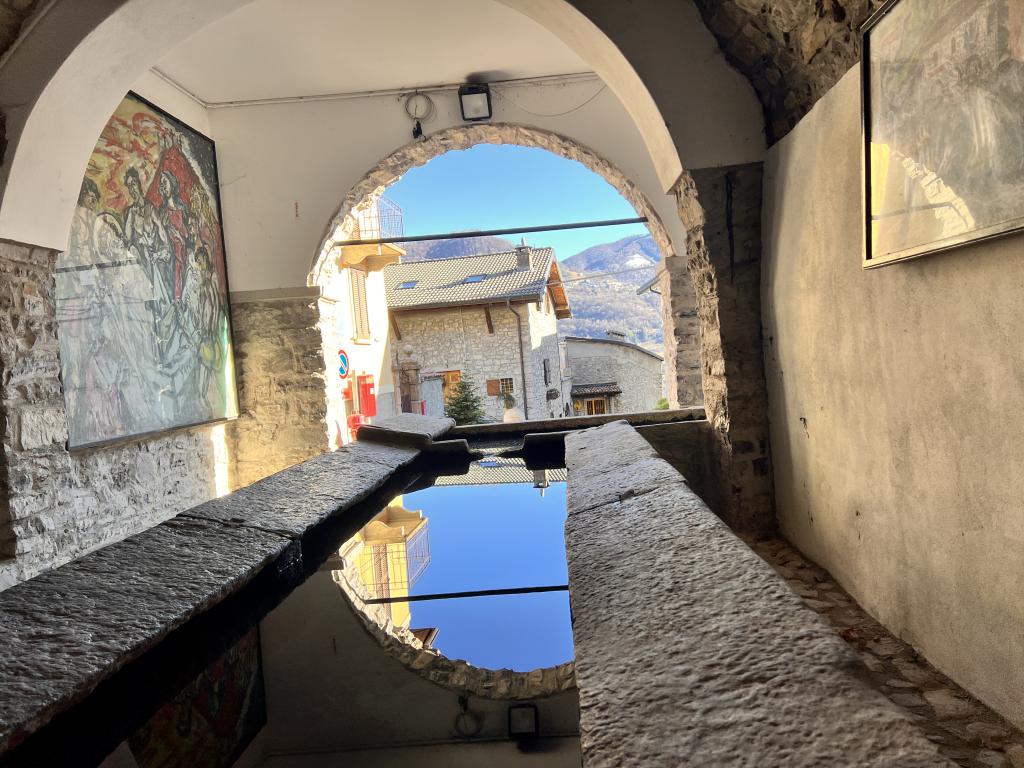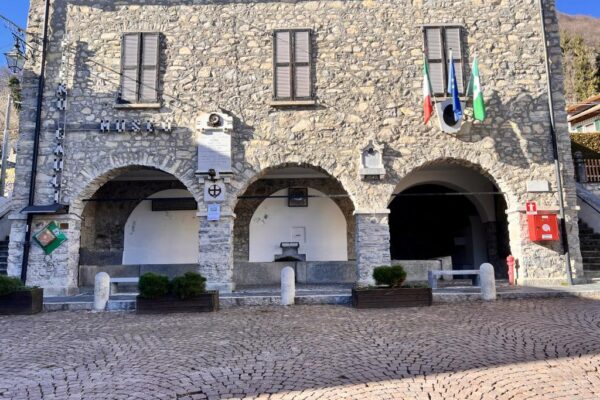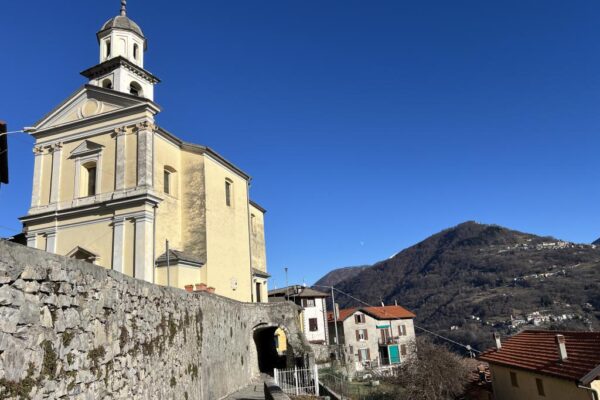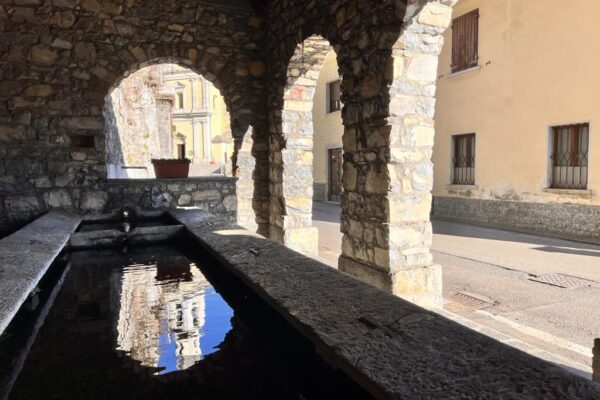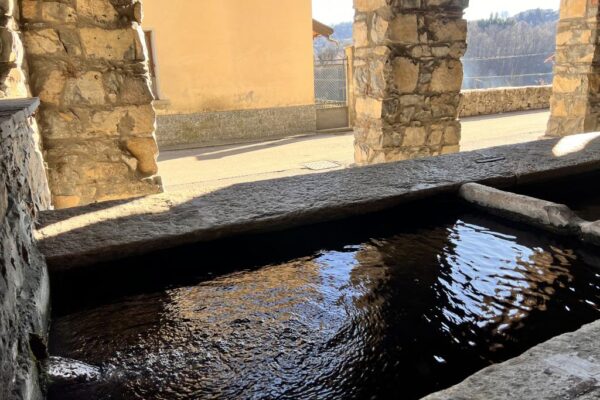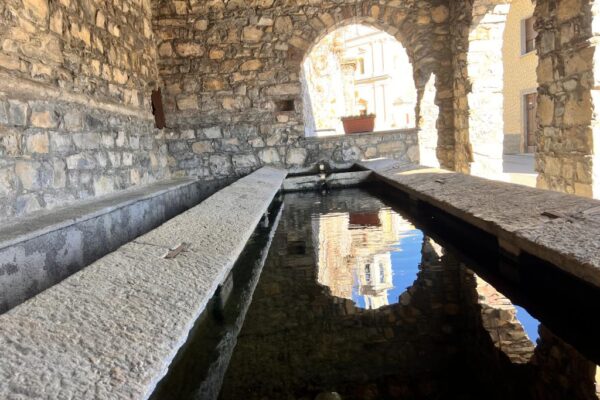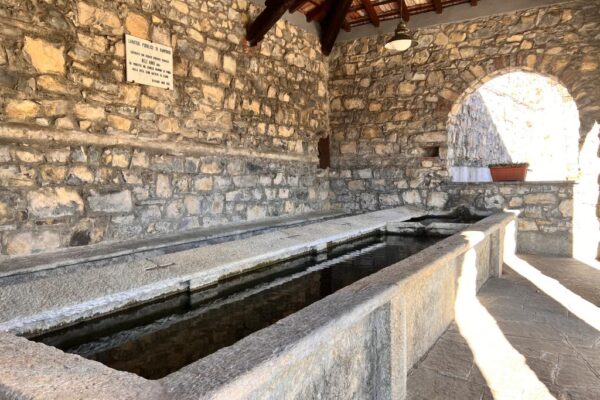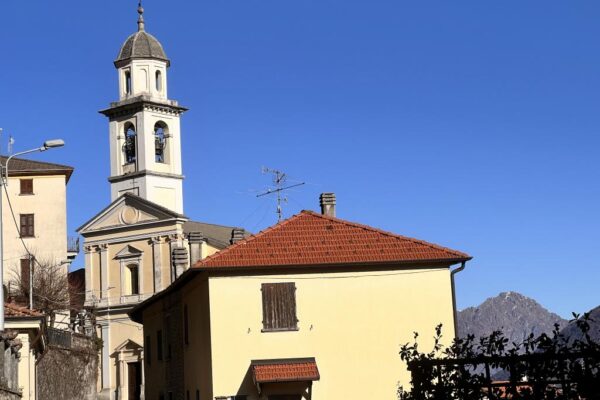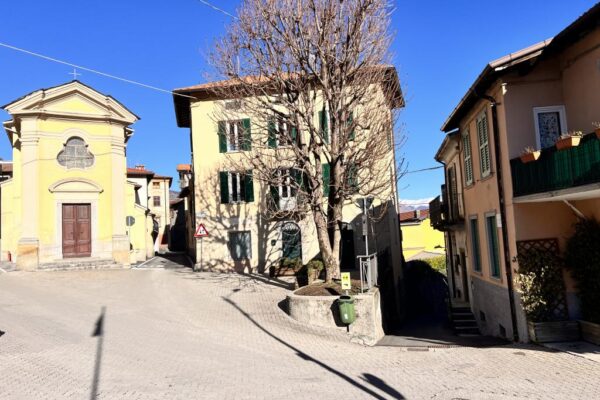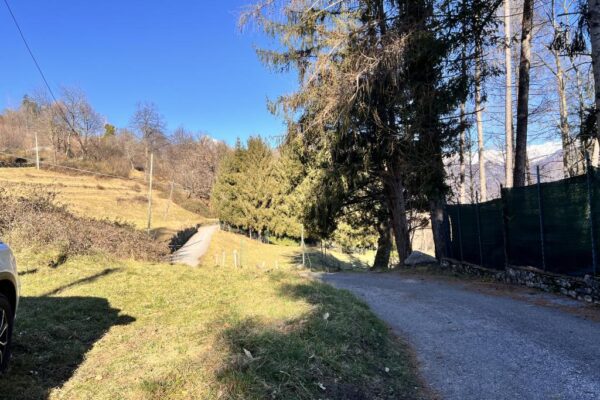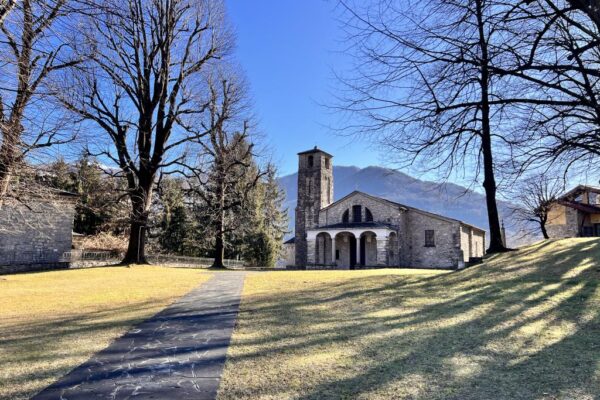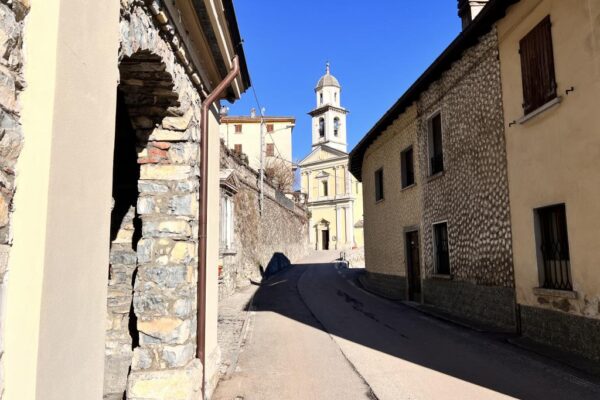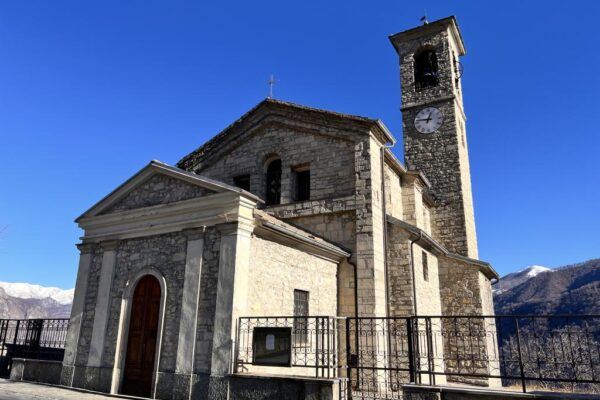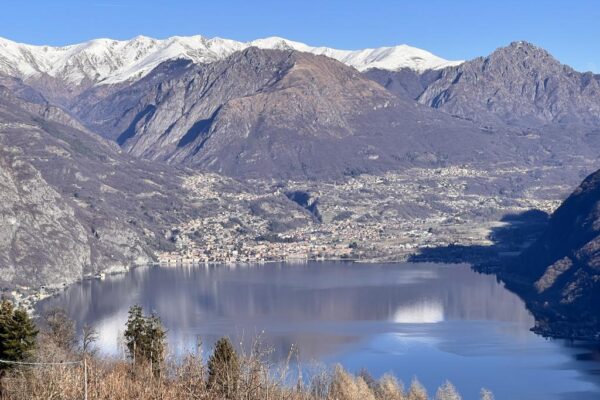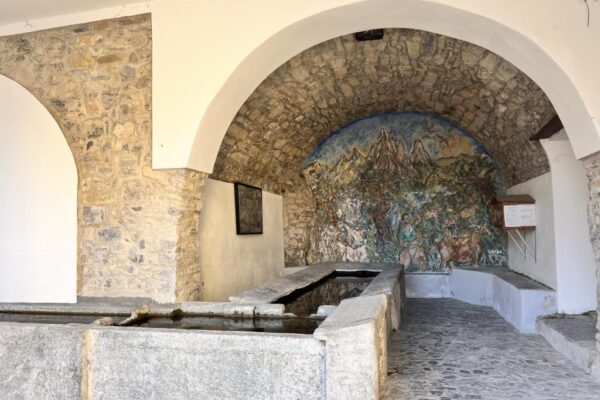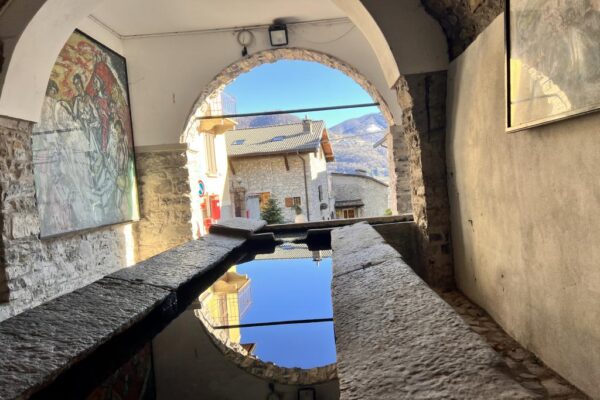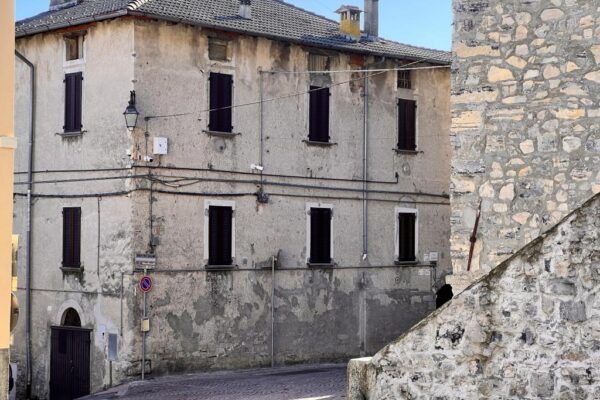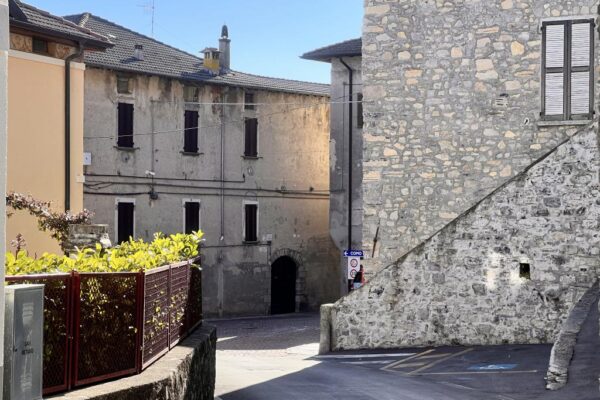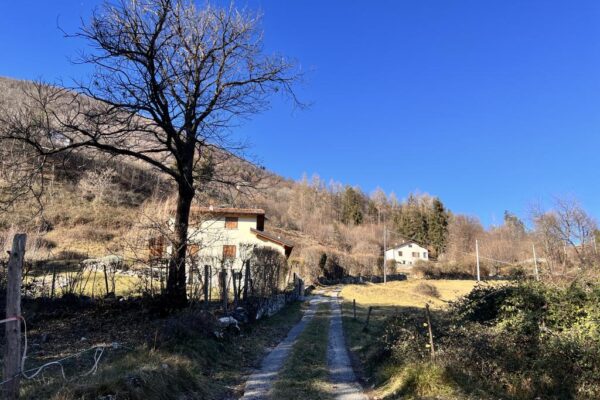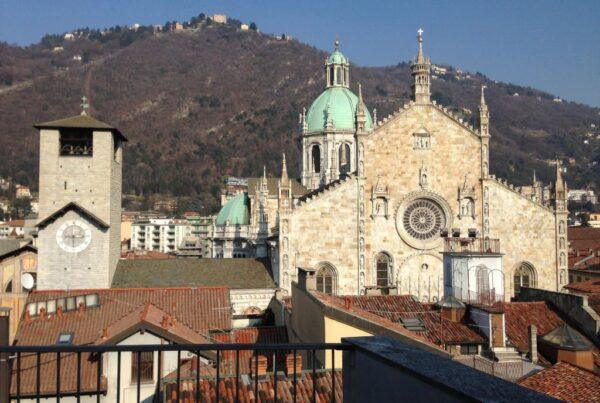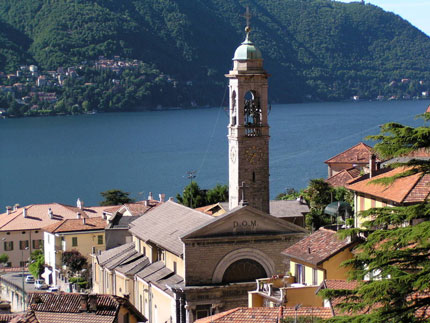Ramponio Verna
 Ramponio Verna, part of the larger municipality of the Alta Valle Intelvi since 2017, is a pleasant village facing east, solitary and immersed in the nature. It is located at an altitude of around 670 metres, and can be easily reached in 15 minutes by car starting from Argegno.
Ramponio Verna, part of the larger municipality of the Alta Valle Intelvi since 2017, is a pleasant village facing east, solitary and immersed in the nature. It is located at an altitude of around 670 metres, and can be easily reached in 15 minutes by car starting from Argegno.
A small town made up of the a historical hamlets of Ramponio and Verna, with narrow streets that snake between the period buildings, the small squares, the wonderful stone wash houses and its churches. The wash house in Verna is particularly beautiful with its body of water that reflects the surrounding village and the frescoes by the painter Piero Gauli, who spent his summers here.
A small town with a very ancient history and its brave community that fought hard for freedom during the Second World War and for this was awarded the war cross for military valor.
Ramponio Verna is worth a trip, to discover corners of incredible sweetness, to discover treasures perhaps not so famous, but of rare beauty; it’s worth a trip to still feel the silence of nature.
It is located 13 km away from Lake Como (Argegno) and 10 km from Lake Lugano (Osteno).
Strategic point due to its proximity to Switzerland which can be accessed from the Valmara pass, the Italian state border with Switzerland is only 8 km away.
What to do and what to see
In Ramponio
Church of San Benedetto: Built in the 17th century, with a bell tower topped by a baroque lantern, it is enriched inside by frescoes and scagliola altars due to the work of local artists of the 17th and 18th centuries.
Sanctuary of San Pancrazio: Dating back to the 11th century, expanded in the 15th century, it retains the apse (now the left chapel) of the original construction. 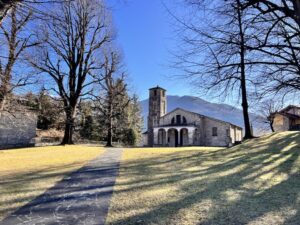 The bell tower dates back to the 13th century, while the portico was added in the Baroque era. Inside: two frescoes from the 16th century; a marble group by the local artist T. Orsolini (17th century); two eighteenth-century scagliola frontals, the work of P. Solari di Verna. It can be visited in August from 3.30pm to 6.30pm and in May during the festival for the celebration of the Holy Pancras, on 12 May.
The bell tower dates back to the 13th century, while the portico was added in the Baroque era. Inside: two frescoes from the 16th century; a marble group by the local artist T. Orsolini (17th century); two eighteenth-century scagliola frontals, the work of P. Solari di Verna. It can be visited in August from 3.30pm to 6.30pm and in May during the festival for the celebration of the Holy Pancras, on 12 May.
Oratory of San Gaetano, a small church on the road to reach the Sanctuary of San Pancrazio, built around 1729.
Oratory of San Giovanni Nepomuceno: inserted in the village, between two streets, with a baroque, slightly concave facade, surmounted by a triangular pediment.
Remains of walls and cupellated boulders dating back to prehistoric times, in the Caslè area, (they are erratic boulders on which man, in times and for purposes unknowned, has dug hemispherical basins, called “cupelle” or “cupelle” )
In Verna
Church of Sant’Ambrogio, of Romanesque origin with a fresco from the 1200s depicting the image of Christ. From here you can also enjoy a beautiful view of Lake Porlezza and Lake Lugano.
The Piero Gaulì Museum
The Piero Gaulì museum was inaugurated in 2003, where the works donated by Piero Gàuli, one of Ramponio Verna’s major contemporary artists, are preserved.
In the museum and in the entrance portico you can admire splendid ceramics from the Roman Umbrian period, frescoes and paintings by the artist.
The public washhouse in Verna is adorned with the painter’s paintings, a tribute to the town where the artist spent many summers.
Oratory of San Giovanni Nepomuceno: inserted in the village, between two streets, with a baroque, slightly concave façade, surmounted by a triangular pediment.
Ruins of walls dating back to prehistoric times, in the Caslè area (they are erratic stones on which man, in times and for purposes that are unknowed, has dug hemispherical basins, called “cupelle” or “cupelle” )
Walking Tour
A pleasant walk to discover this village is a circular tour, leaving the car in the large car park at the entrance to the town and going down towards the sanctuary of Pancrazio and then going back up to Verna via a dirt road.
Obviously other walks start from here both to reach Lanzo Intelvi, the highest town in the Valley and to reach Osteno, a town that lies on the waters of Lake Porlezza/Lake Lugano.

